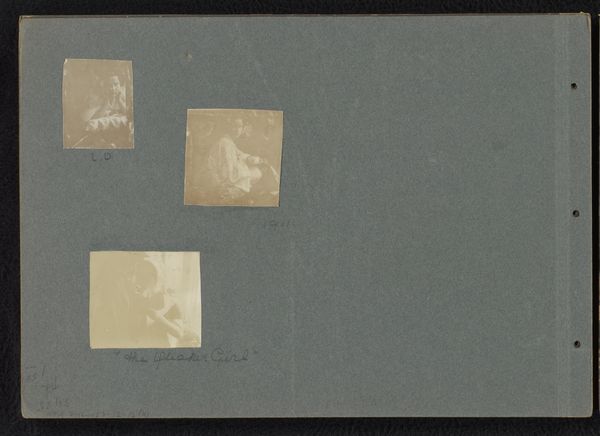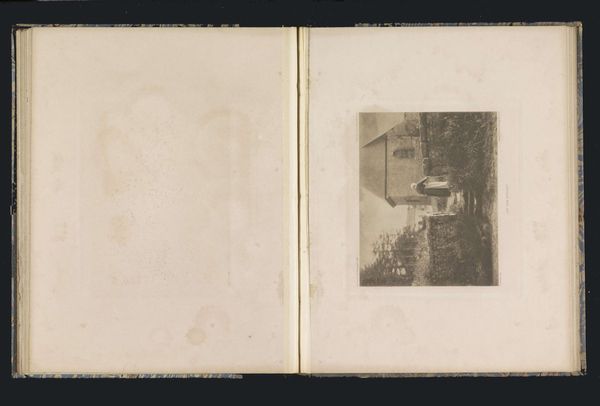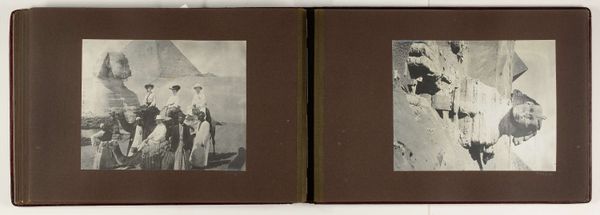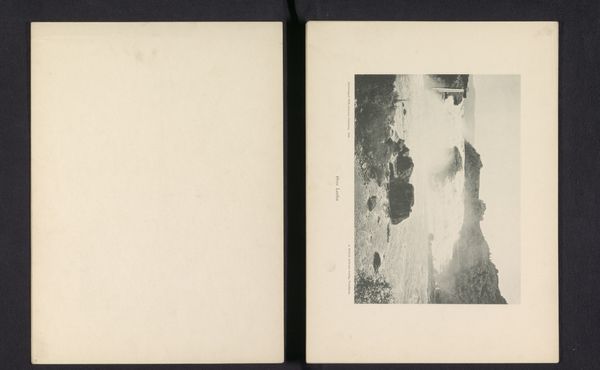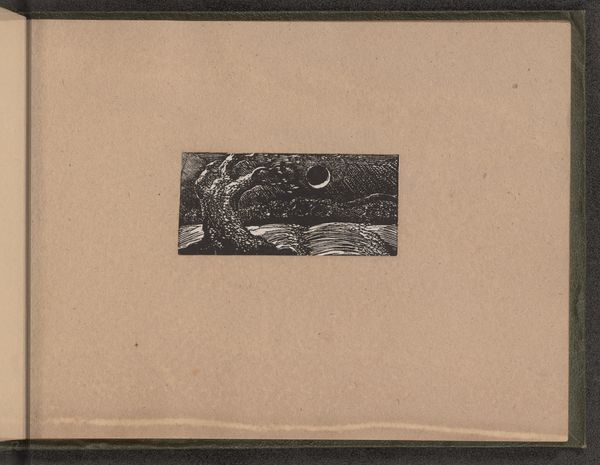
Microscoopopname van het gehoororgaan van een mens met het labyrint before 1895
0:00
0:00
print, photography, gelatin-silver-print
#
still-life-photography
#
pale colours
# print
#
light coloured
#
white palette
#
personal journal design
#
photography
#
personal sketchbook
#
fading type
#
gelatin-silver-print
#
white font
#
delicate typography
#
thin font
#
design on paper
Dimensions: height 88 mm, width 178 mm
Copyright: Rijks Museum: Open Domain
This is a microscopic image of a human ear, specifically the labyrinth or inner ear, by Gustav Fritsch, likely created sometime in the late 19th century. Fritsch, a German anatomist and physiologist, was at the forefront of scientific discovery during a time when medicine was rapidly advancing. This seemingly clinical image exists within the context of broader conversations about the human body and identity. As scientific understanding of the body grew, so did the ability to define and categorize individuals based on perceived biological differences. It's impossible to separate this research from the social norms of the time, which supported categorizations of race and gender, often framed through a lens of white, male superiority. Consider, as you look at this photograph, that the "universal" human ear, so closely examined, likely came from a body that was not seen as universal at all. It reflects both our desire for knowledge and the complex social forces that shape how that knowledge is used and interpreted.
Comments
No comments
Be the first to comment and join the conversation on the ultimate creative platform.








